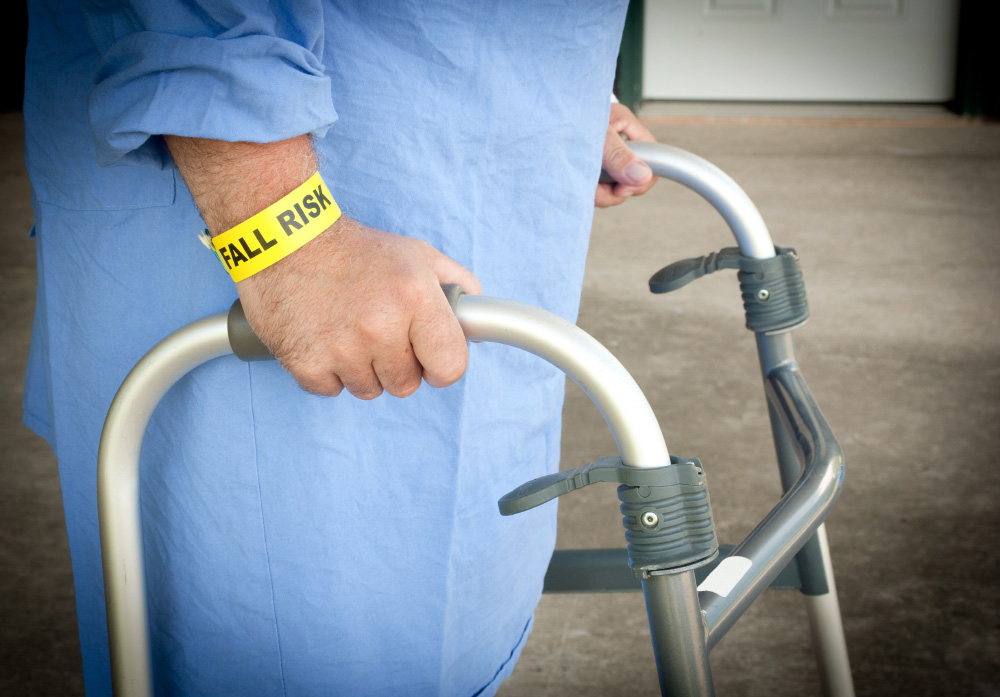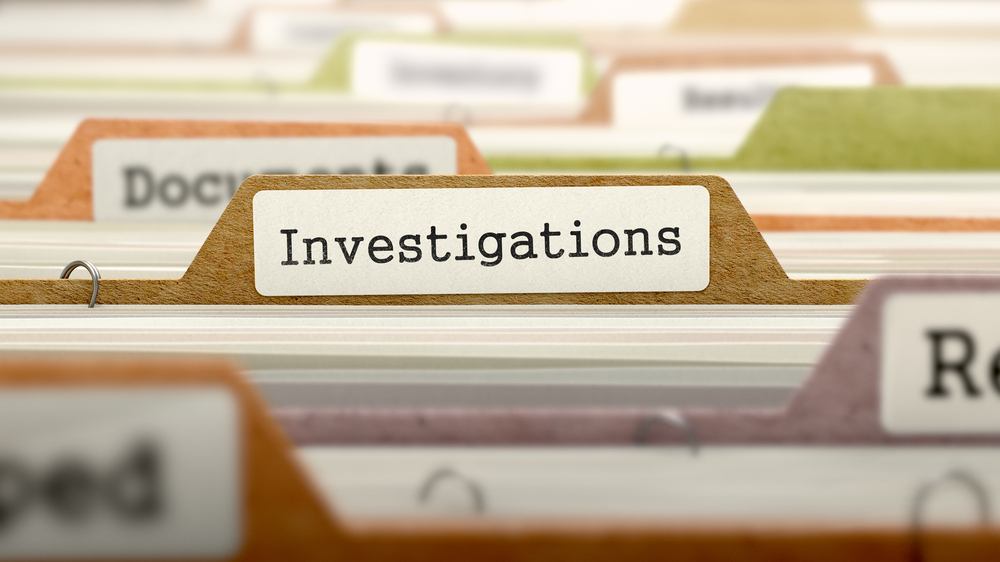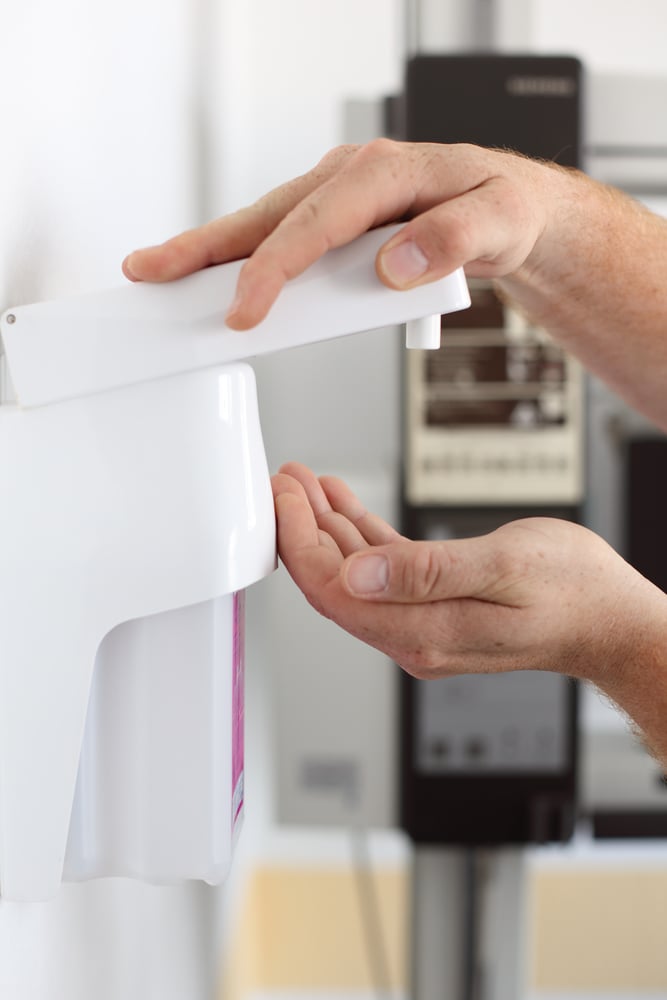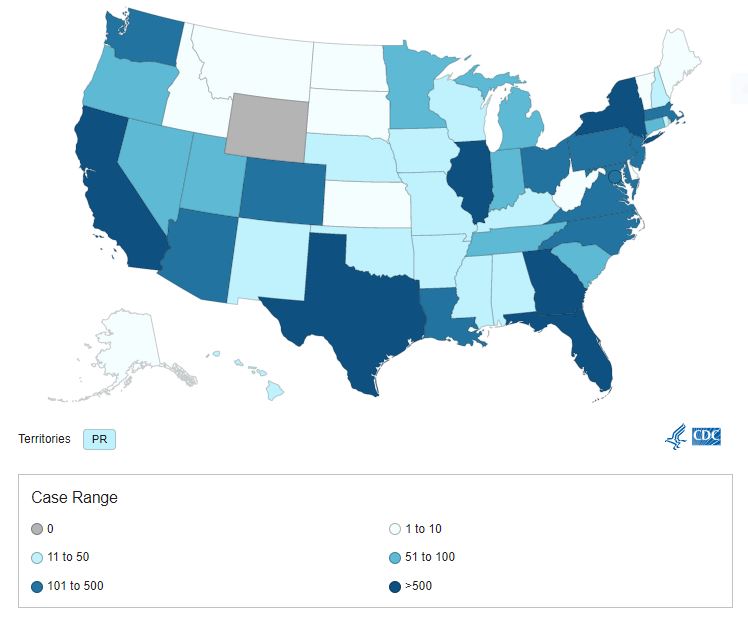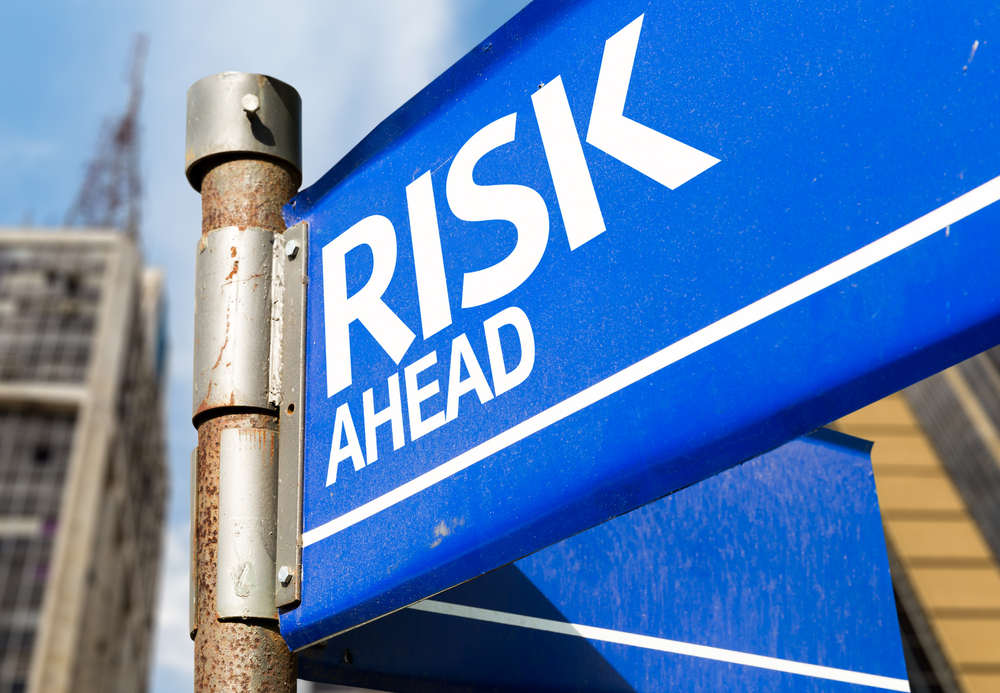Selecting the appropriate genetic test can be daunting, and busy clinicians can be hard pressed to stay up to date regarding the rapidly-evolving landscape of genomic medicine. They need to know what a test does, what diseases or conditions a test targets, what tests have evidence showing a benefit to patient management, and what tests are covered by payers. ECRI’s Genetic Test Assessment service focuses on assessing clinical evidence on genetic tests and deciphering a test’s intended purpose and methodology.
Below are some frequently asked questions from healthcare professionals who use ECRI to guide utilization of genetic testing.



